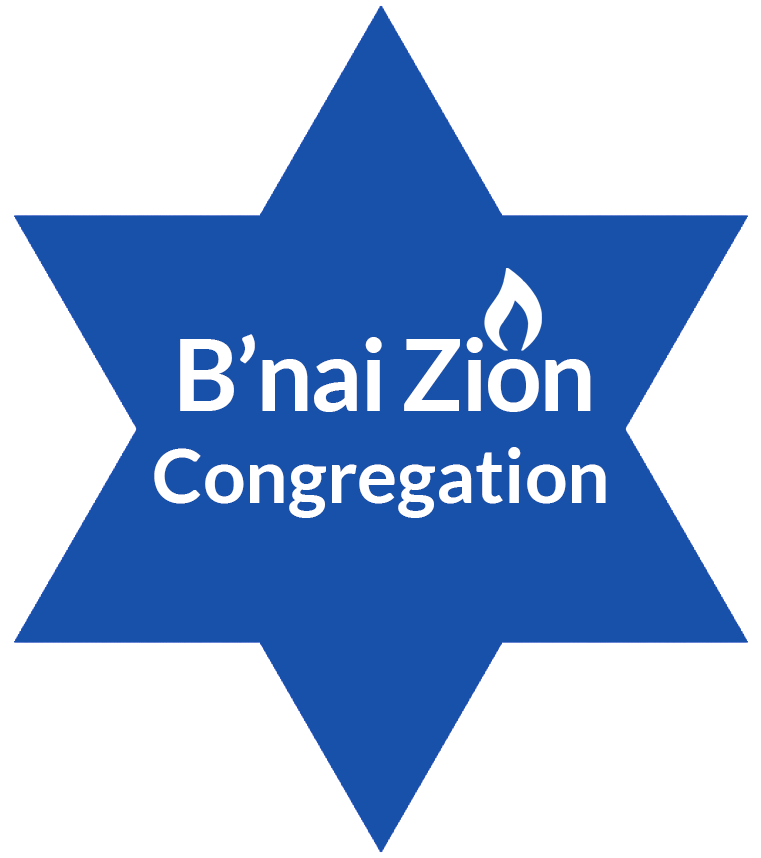Deuteronomy: 11:22
כִּי֩ אִם־שָׁמֹ֨ר תִּשְׁמְר֜וּן אֶת־כל־הַמִּצְוָ֣ה הַזֹּ֗את אֲשֶׁ֧ר אָנֹכִ֛י מְצַוֶּ֥ה אֶתְכֶ֖ם לַעֲשֹׂתָ֑הּ לְאַהֲבָ֞ה אֶת־יְהֹוָ֧ה אֱלֹהֵיכֶ֛ם לָלֶ֥כֶת בְּכל־דְּרָכָ֖יו וּלְדָבְקָה־בֽוֹ׃
If, then, you faithfully keep all this Instruction that I command you, loving the Lord your God, walking in all God’s ways, and holding fast to God
When the Hasidic movement emerged in the 18th century, it met fierce resistance. The scholarly elite of the great academies looked down on it, rooted in a dispute over a core question: What is the right path to a relationship with God? For the rabbis of the academies, the study of Talmud was the highest expression of this relationship; the surest, most elevated way to connect with the Divine. But what about the common person with no access to that level of learning? Was the path to God closed to them?
The Hasidic answer came in a single word: devekut. Literally meaning “holding fast,” the term was later adopted into modern Hebrew as the word for glue. To “hold fast” to God, to live in a glue-like attachment to the Divine became the movement’s guiding spiritual ideal. And it was a path open to everyone regardless of skill or background. One could be a peddler hauling goods from town to town, a farmer tending her fields, or a merchant closing a deal and at the same time be drawing close to God. The key was a shift in awareness: seeing the everyday not as a distraction from God, but as a gift from God. In that way, every moment could be elevated, and an opportunity for revelation.
The study of Torah, Mishnah, Talmud, and the great Jewish texts remains a profound spiritual path. But it is not the only path. Every moment can be a doorway to the sacred, that is with the right intention. The hustle of life and the mundane tasks that take up our day are not obstacles in forging a relationship with God. They are a another path, and one that’s open to everybody.e not Moses or Joshua, able to establish cities of refuge. But we can create space in our hearts – emotional sanctuaries for those who wound us unintentionally, even deeply. This is something we can do proactively, just as the cities of refuge were designated in advance, before anyone needed them. Like Moses preparing the land, we can prepare our hearts: making space, setting intentions, offering refuge to those who hurt us by mistake. The command to establish these cities was meant to promote peace in the land. May our own inner sanctuaries bring peace to our lives as well.
